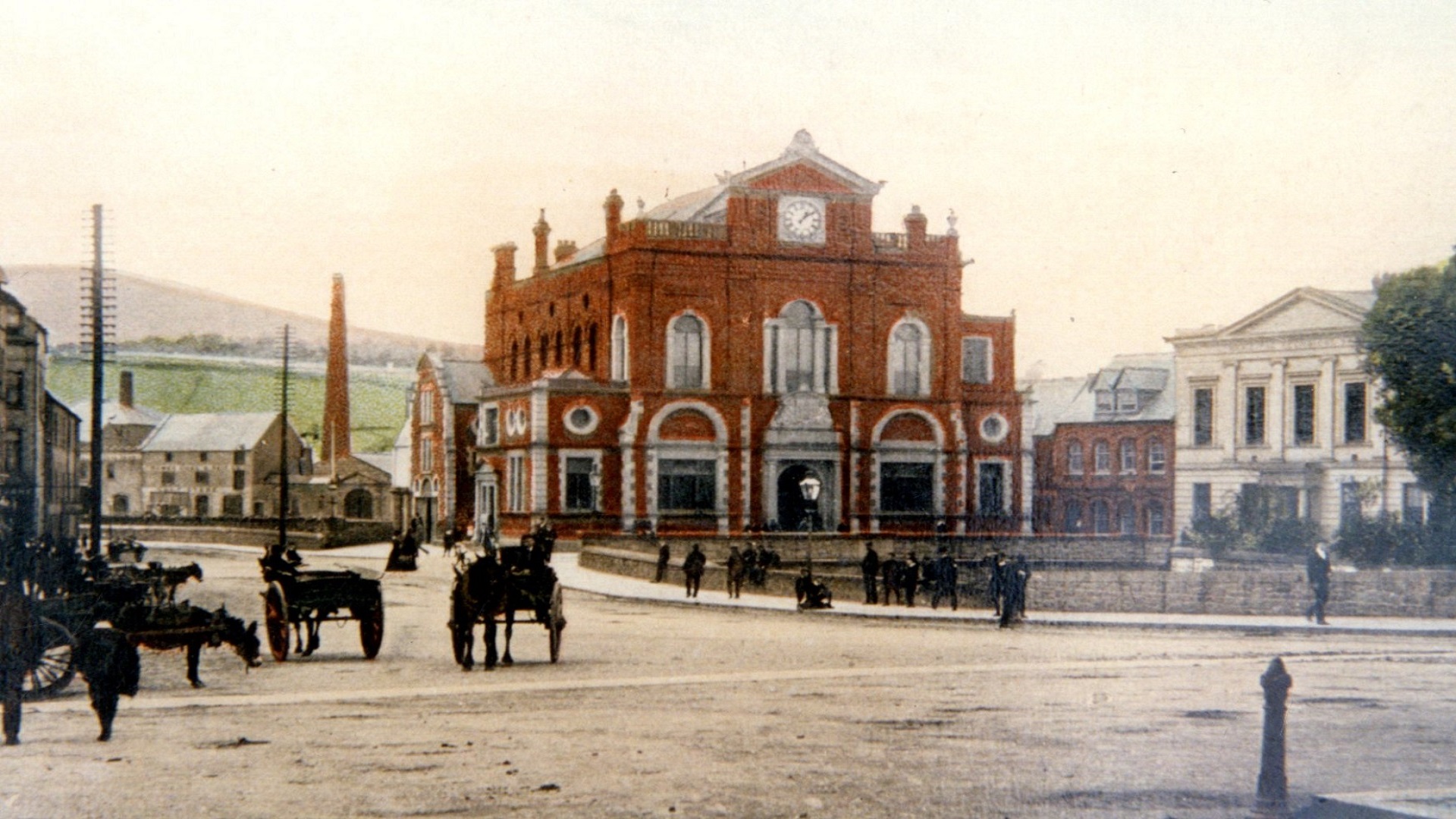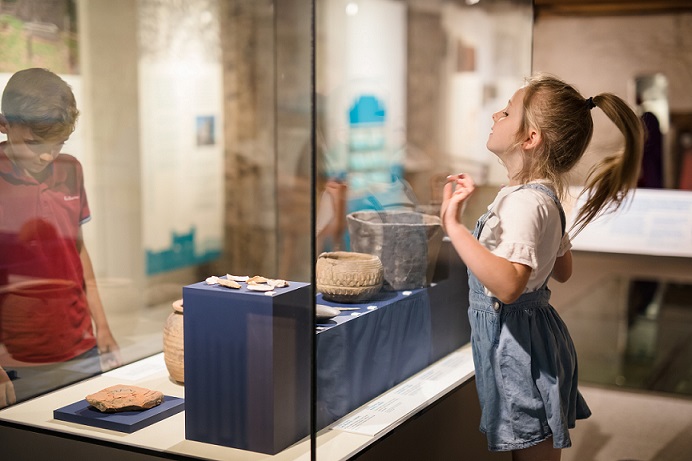10th Anniversary of Saint Patrick's Way
Celebrate the 10th Anniversary of Saint Patrick’s Way, a pilgrimage trail that spans 132km (82 miles) across the counties of Armagh and Down. Join in the celebration of this landmark journey and embark on a path that is rich in history, culture, and natural beauty.
The Pilgrim Walk: A Journey Through History and Beauty
Saint Patrick’s Way is divided into manageable sections, each offering breathtaking landscapes, historic landmarks, and spiritual significance. Whether you are walking for leisure, history, or as part of a pilgrimage, this trail presents a unique opportunity to connect with Saint Patrick’s legacy while exploring some of Northern Ireland’s most beautiful and culturally rich locations.
The Saint Patrick's Way begins at the Navan Centre just outside Armagh, meandering through beautiful landscapes, historic landmarks, and architectural gems, before culminating at Down Cathedral in Downpatrick, where Saint Patrick is believed to have been laid to rest. This journey, perfect for both leisurely walkers and those seeking a more spiritual experience, can be completed in 6-10 days depending on your pace.
As we celebrate the 10th anniversary of this incredible trail, please note that recent storms have affected some parts of the trail. While most sections are still accessible, we encourage you to exercise additional care as you walk through areas that may have been impacted. Always check local updates and prepare accordingly for the outdoors to ensure a safe and enjoyable experience.
Pilgrim Passport Stamps: Key Stops Along the Trail
1. Armagh – Navan Centre & Fort
Start your journey at Emain Macha (Navan Fort), the ancient capital of Ulster. This historically significant site is where Saint Patrick famously healed the local chieftain, Daire, leading to the establishment of Christianity in the region. Today, Armagh is a key centre of Christian history with its two majestic cathedrals and stunning Georgian architecture.
2. Armagh – Abbey Street/Dawson Street
Pause at the Old Porters’ Lodge from the former Armagh Hospital, built on the grounds of Thomas Dawson’s residence. This area offers a glimpse into the city’s rich historical past.
3. Armagh – The Palace Demesne
Enjoy a tranquil walk through The Palace Demesne, a vast 300-acre park near the city centre. Once the residence of the Archbishops of the Church of Ireland, this area is perfect for reflection. Do not miss the Garden of Senses, an ideal place to rest before continuing your pilgrimage.
4. Banbridge – Hollie Berrie Tearooms, Scarva (Newry Towpath)
Continue along the towpath, nestled along the scenic Newry Canal, which played a vital role in transportation during the 18th century. Continue your pilgrimage and take in the views along the historic towpath.

5. Banbridge – Acton Visitor Centre
Learn about the key role of Acton Lake (Lough Shark), which provided the summit reservoir for the Newry Canal. This was a critical point in regulating the canal’s water levels as it connected Newry and Portadown.
6. Newry – Newry Town Hall

Explore the Newry Town Hall, housed in a building originally constructed in 1840 as Newry Savings Bank. Today, it serves as a cultural hub.
7. Newry – Bagenal’s Castle

Visit Bagenal’s Castle, which stands on the site of Newry’s 12th-century Cistercian Abbey. The castle now houses a museum highlighting local history, including a collection of items related to the Abbey, the building of Newry’s merchant town, and the region’s significant role in the construction of the Newry Canal.
8. Rostrevor – Kilbroney Park
Kilbroney Park, located in Rostrevor, offers stunning views of Carlingford Lough and the Mourne Mountains. This 97-acre park is home to the Cloughmore Stone, a giant rock steeped in local folklore, believed to have been thrown here by the legendary giant Fionn Mac Cumhaill.

9. Newcastle – Newcastle Visitor Information Centre
Newcastle, located at the base of Slieve Donard (Northern Ireland’s highest peak), is part of the Mourne Area of Outstanding Natural Beauty. Saint Patrick is said to have banished the snakes from Ireland here, and local legend also claims that his handprint is visible on a rock in a nearby stream, where he is believed to have knelt to drink.
.jpg)
10. Downpatrick – The Saint Patrick Centre
Conclude your pilgrimage at the Saint Patrick Centre in Downpatrick, which offers a unique, world-class exhibition dedicated to Saint Patrick’s life and legacy. Just behind the centre is Down Cathedral, built on the site of an 11th-century Benedictine monastery. Here, you can visit Saint Patrick’s final resting place, marked with a simple granite stone from the Mourne Mountains.

In celebration of the 10th Anniversary of Saint Patrick’s Way, take your time, collect your stamps, and immerse yourself in the history and beauty of this remarkable trail. And remember, as you walk, to exercise extra caution in areas affected by recent storms.
Happy walking!
Saint Patrick's Way - Pilgrim's Guide by VisitMourne - Issuu










